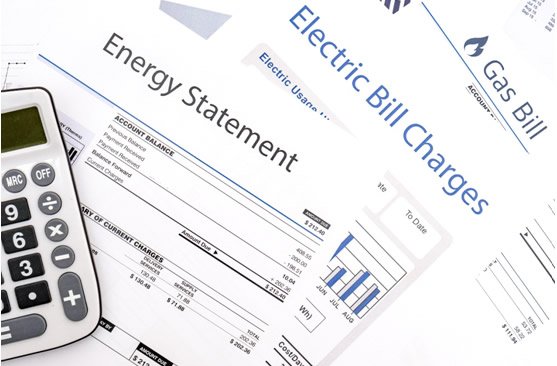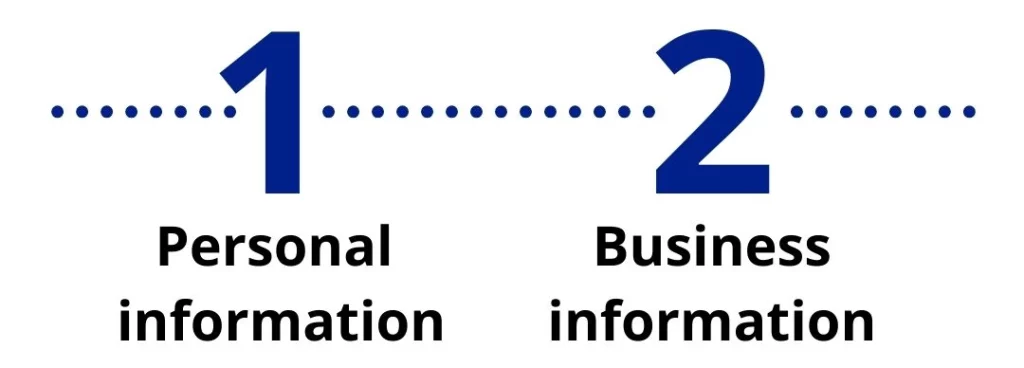You are in a deregulated state and you are working with an Energy Supply Company or a Broker to get your electricity put on a 2 or 3 year fixed rate contract.
Sounds simple enough and is a smart step for a commercial enterprise to take.
But what do you need to know and look for in your contract? Do you even need to read your contract? Yes, I’m afraid so.
Many suppliers have different programs they offer their commercial customers. But they may not tell you about costs that are excluded from the “fixed rate” program you are considering.
You have to understand a bit about your energy bill and what you are paying for.
HOW TO READ YOUR ENERGY BILL
Along with the actual cost of the electricity you are billed for, you will see other items on your bill. A fixed rate on electricity can offer some stability but there are other components that make up your total energy costs.
These are called “pass-through” costs. They are fees paid to other companies who operate and maintain the electricity network. These are usually combined into a single standing charge, approved each year by the Utility Regulator and charged by all energy suppliers. But the amounts may vary.
One Energy Supply Company we work with, Constellation, wrote an article about this. I’m reprinting an excerpt from it here:

“Some supplier offers seem to have attractive prices, but these may exclude unknown, uncertain or unrealized cost components that are required for service. Instead of including these costs in the fixed price, these unknown costs may be deferred until they are realized and reflected on the customer’s invoice.
“These pricing adjustments are often related to non-energy cost components, such as capacity,1 transmission 2 and ancillary services.3 Without a proper understanding of the cost of these components and your risk tolerance, choosing a fixed price option based on price alone could prove to be detrimental to your bottom line.
“HOW DO I SPOT THESE IN A CONTRACT?
“One common way prices can be changed is via a ‘regulatory change’ or a ‘change in law’ clause in the contract. While this language has been used to cover items related to an unknown or a future change in law, or a regulation impacting the cost to supply electricity to customers, some suppliers are revising or broadening their application of this contract language.
“Here are just a few examples where change in law clauses have been used to change ‘fixed’ price products to pass through costs to customers:
• Broadly labeling these changes as any change in governing laws, regulatory changes, independent system operator (ISO) rules and protocols, market rules, load profiles, or how a utility or ISO may calculate usage, or a change in interpretation or application of certain rules.
• Any utility change to a customer’s monthly capacity or transmission obligations.
• Change in fees or costs imposed by an ISO or government authority, or a change in application or interpretation of these changes.
• Any change by a utility, including a change in tariff, rate class, procedure or other process or change, that alters the supplier’s cost.
“Here are some questions you can ask when reviewing the language in your contract:
1. What circumstances trigger a price increase? The broader the language, the less “fixed” the price tends to be.
2. Do I get the benefit if a change in law decreases a cost component?
3. What rights do I have as a customer to challenge a pass-through cost? What are the consequences if I refuse to accept the change?
4. What is the best practice of a particular supplier in invoking a regulatory change provision?
“Two suppliers may have almost identical language but may have a very different history in terms of invoking the language. It’s very important to ask your potential suppliers to describe examples of invoked price changes.
“CONSIDER YOUR OPTIONS
“By choosing a contract based on the lowest price without a full understanding of potential pass-through costs, you could be leaving your business exposed to more risk than intended. As an energy buyer, you can minimize your risk with various product solutions and by gaining a better understanding of your contract terms.”
The moral of this story is this: there are programs that offer a fixed rate on electricity but do not protect the customer in any way from “pass-through” charges. Here at CES we don’t work with Supplier programs that have pass-through charges. We simply don’t accept those programs and only work with programs that protect the customer from pass-through variations in pricing. When you hear that Consumer Energy Solutions is on the phone, take the call. We will help you get the best fixed rate in the current market and protect you from unknown pass-through charges.
Or be proactive and call one of our expert Energy Consultants today to get a free rate analysis for your business. We can analyze your energy bill or bills and work with our energy suppliers to get you the best electricity or natural gas rate in the current market. Call 1-866-748-2669 today.

1 capacity charges: these are based on the highest amount of energy you are estimated to use or consume during a month (or year in some locations). Essentially, you pay a fee to ensure that the electricity you might use is there for you when you need to use it, whenever you need to use it. These can be 15% – 30% of a company’s electricity charges. These charges are a way to insure against power outages which can occur in times of high demand.
2 transmission charges: the fee charged for the bulk transfer of electrical energy from generating power plants to electrical substations located near demand centers. The U.S. electric transmission grid consists of more than 200,000 miles of extra high-voltage transmission lines. These, when interconnected with each other, become transmission networks, typically referred to as “power grids” or simply “the grid.” There is also often a “distribution” charge which is the local wiring between high-voltage substations and customers.
3 ancillary services: anything that supports the transmission of electricity from its generation site to the customer or helps maintain its usability throughout the system. For example, currently, grids experience a continuous imbalance between the power they produce and its consumption because of the millions of devices that are turned on and off in an unrelated way. Some ancillary services help balance this imbalance and also provide mechanisms that monitor the typical variations that can occur in voltage and help keep our power useful and ready for when we flip the switch.



